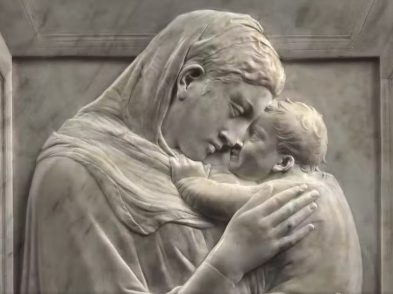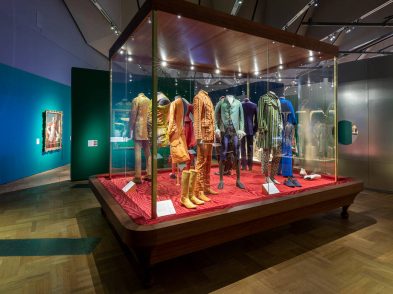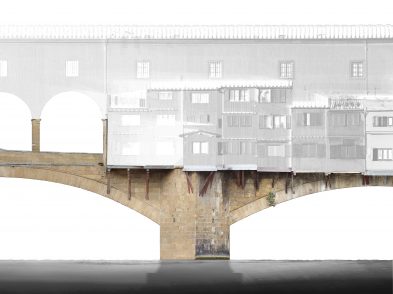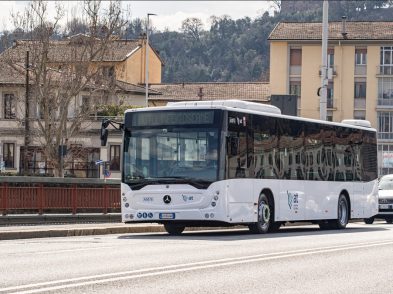On February 29, a bronze statue of Galileo Galilei will be placed in front of what is believed to be the scientist’s childhood home.
The artist behind the sculpture is Gabriele Vicari. Born in Lucca, Vicari studied at the Carrara fine arts academy, gained experience under the tutelage of Marcello Tommasi and has won international prizes as a portraitist, on canvas as well as in marble and bronze. He has exhibited all over the world and holds regular sculpture classes in Camaiore and Victoria, Canada.

Sculptor Gabriele Vicari with his bronze statue of Galileo Galilei
Although faithful to the traditional portraiture of the astronomer, physicist and engineer, the sculpture does not represent Galileo in his frailty, as a victim of the Inquisition. Instead we see a hardy scientist who, with his intuition and discoveries paved the way for Isaac Newton and his colleagues. Dressed as a 17th-century gentleman, Galileo proudly stands with the symbols of his career: in one hand, a telescope and, in the other, the celestial sphere, whose study ruined his eyes but not his mind. Vicari’s interpretation of the great scientist is classical, but not slavishly imitative: the features are youthful and modern, almost speaking, unquestionably Galilean. The posture is regal and the attitude is that of a man willing to seek the secrets of the universe with a mathematically inquiring approach.
Up until now, Galileo’s childhood home bore a simple plaque (“Casa Ammannati,” after his mother). From now on, a bronze effigy of Galileo will further grab the attention. The statue was made possible by the City of Pisa and due to the generous sponsorship of Armando Barbon, an Italian emigrant who made his fortune in Canada, which enabled him to benefit the arts, devoting himself to sculpting and financing monuments of historical figures who have honored Italy.








